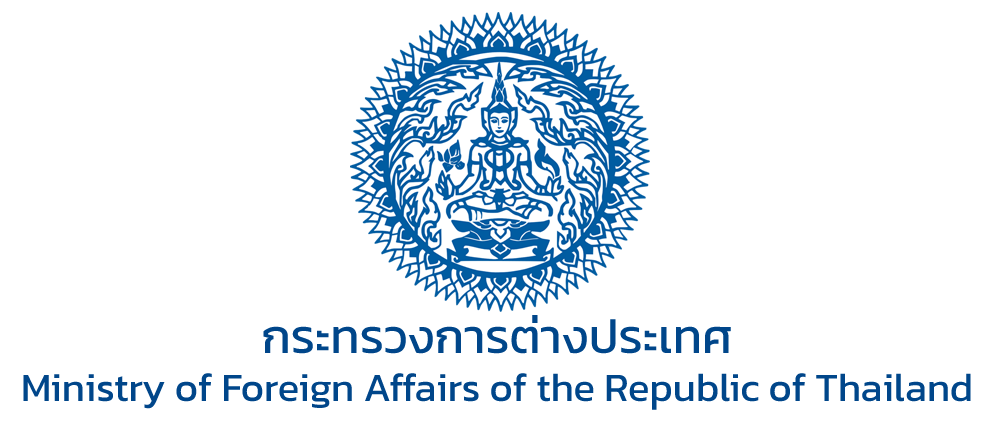- Jul 12, 2018
- 10,525

The Russian economy, and more specifically the ruble, had been stretched to the breaking point. The economic stress in the Russian Federation started by putting stress on companies and the general means of production, but it did not take long for it to be felt by everyday Russians in the form of inflation. The current Russian debt was a little over $115-billion dollars and represented a whopping 42% of global debt. While this massive debt presented a number of serious issues for the Russian economy, people, and government, the most immediate and serious affect was the large inflation that everyone from the richest to poorest Russians were facing. For example, the price of basic items like bread and milk were up nearly 250% and still rising. Due to this inflation, the value of the rubel was also in a freefall which was making foreign goods extensively more expensive than native goods. Because foreign goods were essentially unobtainable by the average Russian, this only increased the demand on native products and made them even more expensive.
After a lack of assurances of measures taken by the Russian government to address this, and real effects on the global markets, the Russian people started taking to the streets. Grassroots gatherings in Moscow and St. Petersburg spurred larger protests as people came out with Russian flags and protest-slogans written on carboard and posters. While not all of the people understood what was causing things to become more expensive, what they did know is that higher prices were undeniable and that the government had some control over it. Russian economists and political pundits were interviewed by Russian newspapers and television programs where the general consensus was that the government needed to take certain austerity measures and to stop increasing the debt. Secondly, measures needed to be taken to begin paying off the debt and decrease the excess amount of currency that was causing inflation.
In Moscow, thousands of people gathered in Red Square around lunch time where they began peacefully protesting and chanting. Local and national news covered the protests live. As people heard of the protests, some took off of work while others who had been fired from their jobs due to the state of the economy decided they had nothing to lose and joined their compatriots in Red Square.
After a lack of assurances of measures taken by the Russian government to address this, and real effects on the global markets, the Russian people started taking to the streets. Grassroots gatherings in Moscow and St. Petersburg spurred larger protests as people came out with Russian flags and protest-slogans written on carboard and posters. While not all of the people understood what was causing things to become more expensive, what they did know is that higher prices were undeniable and that the government had some control over it. Russian economists and political pundits were interviewed by Russian newspapers and television programs where the general consensus was that the government needed to take certain austerity measures and to stop increasing the debt. Secondly, measures needed to be taken to begin paying off the debt and decrease the excess amount of currency that was causing inflation.
In Moscow, thousands of people gathered in Red Square around lunch time where they began peacefully protesting and chanting. Local and national news covered the protests live. As people heard of the protests, some took off of work while others who had been fired from their jobs due to the state of the economy decided they had nothing to lose and joined their compatriots in Red Square.
Jay



